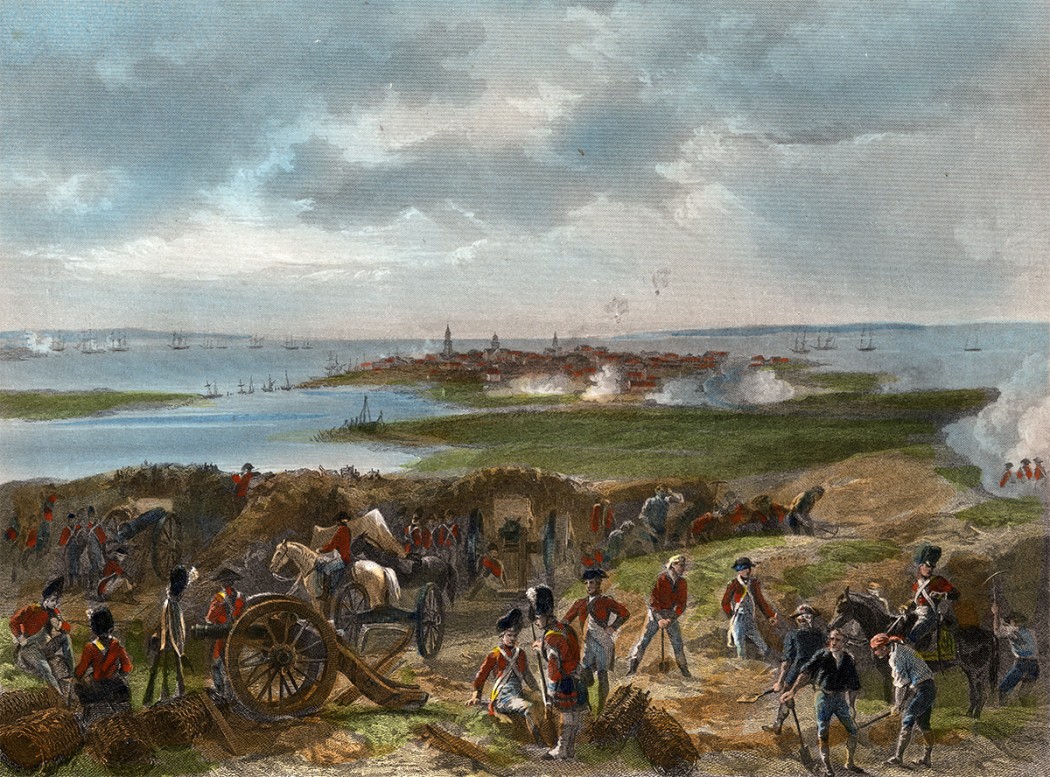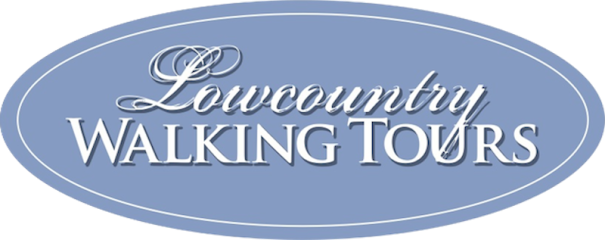Charleston Revolutionary War History

Visiting Charleston’s Revolutionary War historic sites is easy. Like many East Coast cities, Charleston has preserved places where major events occurred in the American Revolution. Many of these historic attractions offer tours and commentary, explaining the city’s role in the war that led to American independence.
Charleston Revolutionary War Important Events
Before Charleston
Before we can even begin talking about the events leading up to the Revolutionary War in Charleston, we need to address the events leading up to the war in America. Tensions between the American British Colonies and Britain had been growing for some time before the official start of the war in 1776.
Most of the anti-British sentiment started after the end of the French and Indian War (1754 – 1763).
The war (which gave Britain control over France’s land in North America, east of the Mississippi) was costly. And to offset the costs, the British began taxing the colonies.
In response, many of the colonists began refusing to buy heavily taxed products, such as stamps and tea. In December of 1773, Boston residents boarded a British ship carrying tea and threw the cargo into the harbor. In 1774, the Continental Congress was created in Philadelphia, representing the colonies. In 1776, the Declaration of Independence was written (only two days after Congress voted for independence from Britain).
Charleston Tea Party – 1773
While the Boston Tea Party is the most famous of all the tea parties, there were several other instances where the colonists threw tea into the water as an act of civil disobedience. Charleston’s Tea Party took place in 1773, before the Boston Tea Party.
In this instance, Charlestonians simply brought the tea ashore so it couldn’t be sold; the tea wasn’t destroyed as it was in Boston.
Attempted Occupation – 1776
Otherwise known as the Seige of Charleston, the British attempted to occupy the city in June of 1776. Charleston’s location was ideal for military forces. A harbor city, Charleston could give the British an advantage when it came to military strategy. The city is also home to several forts and batteries that would have given the British vital resources. In the end, the Patriots won and the British retreated from the area.
Siege of Charleston – 1780
Unfortunately, the British were able to take the city in 1780, but not without a fight. The city held off enemy troops for six weeks, making it the longest siege of the war. It was also the largest battle in South Carolina during the Revolutionary War. But on April 1, British troops took Fort Moultrie and over 5,000 prisoners, including three signers of the Declaration of Independence. Even though the siege was a stinging defeat for the colonists, it played a major role in the American victory in the revolution. To learn more about the importance of the Siege of Charleston and how it paved the way for the American victory, pick up a copy of Carl Borick’s “A Gallant Defense: The Siege of Charleston, 1780″.
British Retreat – 1782
December 14, 1782, is known as Victory Day as this was the date of the ceasefire between the British and American armies in Charleston. On this day, the British were escorted out of the city and onto boats waiting for them in the harbor.
Charleston Revolutionary War Sites
There are plenty of sites in Charleston where you can learn about the city’s role in the American Revolution. Many of these sites played a role in the war themselves; some merely recount the events leading up to the war.
Fort Moultrie

Fort Moultrie is arguably one of the most important Revolutionary War sites in Charleston. Located on Sullivan’s Island, this fortification defended the city and harbor from the British. Eventually, the British captured the fort.
After the war, the fort fell into disrepair. It was rebuilt in 1793 to help guard the city against possible capture in the future.
Today, you can tour the fort when visiting the island.
Provost Dungeon

Most tourists head to this site because it sits so close to the Old Slave Mart, where you can learn about the history of slavery in Charleston. Yet we recommend visiting if you’re more interested in Revolutionary history instead.
The name ‘Provost Dungeon’ refers to when this was a dungeon for prisoners of war when the city was under the control of the British. The treatment in these prisons (there were many all over the U.S.) was so insidious that provost prisons were infamous for horrendous conditions.
Powder Magazine

This once-gunpowder magazine was built in 1713 and is the oldest public building in the state. Throughout the Revolutionary War, it was used to store gunpowder. Later, it was transformed into a wine cellar (our personal favorite use of the building). In 1902, the National Society of the Colonial Dames, a society of women descended from American colonists, purchased the structure.
Today it’s a museum, focusing on the building’s history and the history of Charleston during the Colonial era. Here, visitors can learn all about life in the 17th and 18th centuries.
Charleston Museum

Even if you’re not into American Revolution history, we recommend making a stop at the Charleston Museum. This highly-rated institution was founded back in 1773 — before the Revolution even began! It might have been inspired by the British Museum, but it tells the story of the history of this American city, from the Native Americans who once inhabited the area to the Civil War and beyond.
The exhibit, Becoming Americans, explains Charleston’s Revolutionary War history and the impact the war had on the city. It features British and American artifacts, personal items of Francis Marion (famous soldier and adversary of the British), and George Washington’s inaugural button.
History Tour

We happen to believe the best way to learn about Revolutionary War history in Charleston is by taking a tour of the city! (Yes, we’re biased).
Our Historic Downtown Tour takes you past a few sites that were vital to the Americans and the British during the war. Want to see all the famous war sites? We can take you on a private tour of some of the sites listed above and tell you the stories of the major players on both sides — right in the streets where the action happened.
